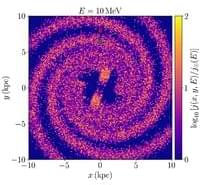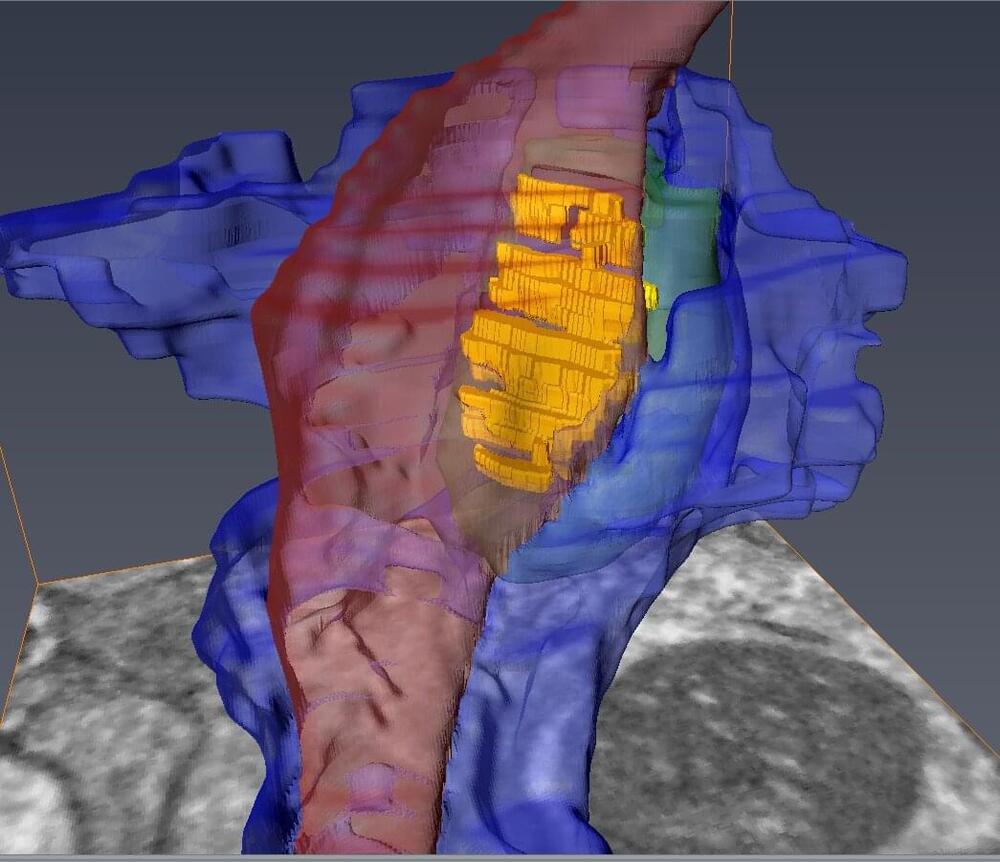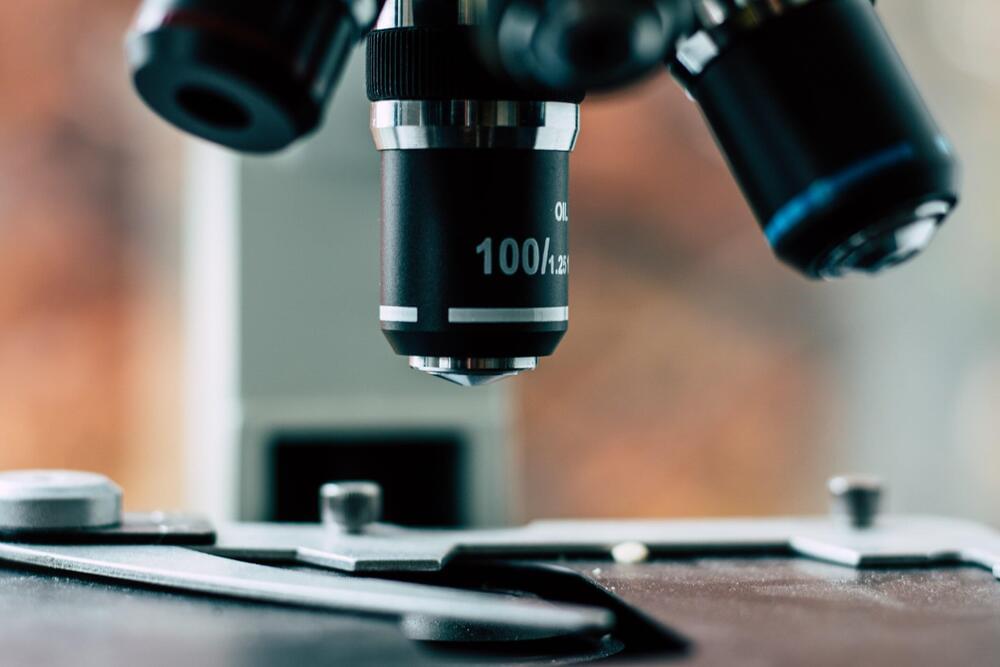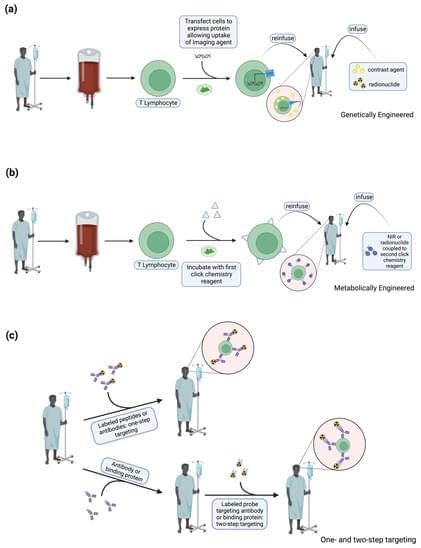This paper demonstrates that a stochastic, rather than uniform, injection rate of MeV cosmic rays from supernovae can successfully model the observed ionization rate distribution for Galactic molecular clouds.



Qualcomm Technologies, Inc. unveiled the Qualcomm Video Collaboration Platform, a new suite of video collaboration solutions that allows original equipment manufacturers (OEMs) to easily design and deploy video conferencing products featuring superior video, audio and customizable on-device AI to power engaging, immersive virtual meeting experiences across enterprise, healthcare, educational, and home environments. The Qualcomm® Video Collaboration Platform is a one-stop solution that provides essential hardware and software features specifically tailored for video conferencing so that customers can quickly design and deploy a wide variety of video conferencing products, from enterprise video collaboration systems and huddle room systems to digital whiteboards, to touch controllers and personal devices for the home.
With support for Android and Linux, the three AI-rich platforms offer greater flexibility and ability to customize and deploy video conferencing products across diverse environments. Qualcomm Technologies’ industry-leading innovations in connectivity, compute, AI, audio, and video work together to deliver features that eliminate distractions, enhance productivity, and allow remote meeting callers to feel more connected to conference room participants by providing individual views of everybody in the room, creating an equal viewing experience for all participants.
With the rapid advances in generative AI, future meeting experiences will offer even more advanced video, speech, and text capabilities. Collaboration devices with dedicated hardware support for on-chip AI acceleration will be able to optimize these experiences by splitting workloads between the cloud and edge-based device.


Scientists have created one of the most detailed 3D images of the synapse, the important juncture where neurons communicate with each other through an exchange of chemical signals. These nanometer-scale models will help scientists better understand and study neurodegenerative diseases such as Huntington’s disease and schizophrenia.
The new study appears in the journal PNAS and was authored by a team led by Steve Goldman, MD, Ph.D., co-director of the Center for Translational Neuromedicine at the University of Rochester and the University of Copenhagen. The findings represent a significant technical achievement that allows researchers to study the different cells that converge at individual synapses at a level of detail not previously achievable.
“It is one thing to understand the structure of the synapse from the literature, but it is another to see the precise geometry of interactions between individual cells with your own eyes,” said Abdellatif Benraiss, Ph.D., a research associate professor in the Center for Translational Neuromedicine and co-author of the study. “The ability to measure these extremely small environments is a young field, and holds the potential to advance our understanding of a number of neurodegenerative and neuropsychiatric diseases in which synaptic function is disturbed.”

People in the earliest stage of Alzheimer’s disease—after brain changes have begun but before cognitive symptoms become apparent—harbor an assortment of bacteria in their intestines that differs from the gut bacteria of healthy people, according to a study by researchers at Washington University School of Medicine in St. Louis.
The findings, published June 14 in Science Translational Medicine, open up the possibility of analyzing the gut bacterial community to identify people at higher risk of developing dementia, and of designing microbiome-altering preventive treatments to stave off cognitive decline.
“We don’t yet know whether the gut is influencing the brain or the brain is influencing the gut, but this association is valuable to know in either case,” said co-corresponding author Gautam Dantas, Ph.D., the Conan Professor of Laboratory and Genomic Medicine. “It could be that the changes in the gut microbiome are just a readout of pathological changes in the brain. The other alternative is that the gut microbiome is contributing to Alzheimer’s disease, in which case altering the gut microbiome with probiotics or fecal transfers might help change the course of the disease.”

3. Discuss the impact of the metaverse and revise your strategy. Make sure your managers evaluate the usefulness of metaverse tools in business processes. This will help you decide whether to keep using certain solutions or switch to others. Note that it’s okay to change your KPIs on the go based on how the metaverse impacts your team’s productivity, job satisfaction, issue resolution and so on.
With trendy technologies like the metaverse, it’s important to determine the real benefits you can get and ensure they’re worth the cost. Keep in mind that metaverse platforms are not the holy grail.
All in all, project management is still 90% about communication with clients and employees. It’s best to stay focused on keeping this communication efficient. While being open to adopting new technologies like the metaverse, you should treat them as additional tools rather than making them a priority for your PMs.
Scientists have developed a pill-shaped, swallowable camera that can be controlled by physicians once ingested to help doctors diagnose digestive issues.
Ingestible pill-shaped endoscopes are not a new idea. Last year, PetaPixel reported on the Pillcam which is just such a device, but it had limitations just like all other swallowable pill cameras: doctors can’t control it once it is ingested.
Traditional pill cameras are driven only by gravity and the natural movement of a subject’s body, which limits what doctors can actually see. That is poised to change as scientists from George Washington University have developed a first-of-its-kind system that allows physicians to remotely “drive” a pill capsule through all the regions of the stomach to see and photograph potential problem areas.

It is June 2022, and a flying machine that looks like a cross between a prehistoric beast and a spaceship is about to take off. Named the Zephyr S, it has long spindly wings the length of an airliner’s. Together with its small, thin body and head, these make it resemble a pterodactyl. Its shimmering tinfoil-like solar panels and lightweight skeletal frame are more like something you’d see on a craft meant for space.
Its mission for the US Army is a secret, but clearly on its manufacturer’s mind is the desire to shatter a few records, particularly that for the longest flight duration for any type of airplane, which has stood for 63 years. In 1959 two men flew a four-seat Cessna light aircraft for 64 days, 22 hours and 19 minutes, refuelling in-flight from a truck.
British aviation pioneer Chris Kelleher designed the first Zephyr in 2002. His vision was of an uncrewed aircraft capable of “eternal flight” in the stratosphere. He foresaw that solar power and lightweight materials would lead to aircraft capable of staying aloft for months, or even years. The Zephyr S is the first production model.
The stratosphere is the second layer of our atmosphere. It begins around 33,000ft (10,000m) and ends at around 160,000ft (48,800m). If an aircraft can fly above 50,000ft (15,150m), it can fly above the turbulent weather that we experience closer to the ground, in the troposphere. The problem is that that high the air is very thin, making flying – and breathing – a challenge.
I’ve found a lot of reasons – from finding components that are overheating (which can indicate faulty components), identifying overheating wires and connectors (which can indicate damaged wires or connectors), diagnosing issues with HVAC, find draughts at home, and much, much more.
Also: This $10 gadget is my favorite repair tool of all time
I started out thinking that these cameras were gimmicks, but they’ve become an important tool in the toolbox.

While the advent of immunotherapy has revolutionized cancer treatment, its use in the treatment of glioblastoma (GBM) has been less successful. Most studies using immunotherapy in GBM have been negative and the reasons for this are still being studied. In clinical practice, interpreting response to immunotherapy has been challenging, particularly when trying to differentiate between treatment-related changes (i.e., pseudoprogression) or true tumor progression. T cell tagging is one promising technique to noninvasively monitor treatment efficacy by assessing the migration, expansion, and engagement of T cells and their ability to target tumor cells at the tumor site.